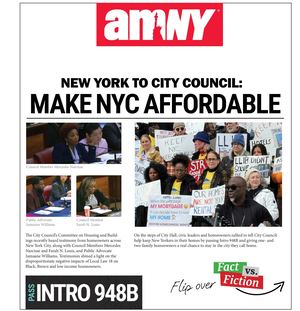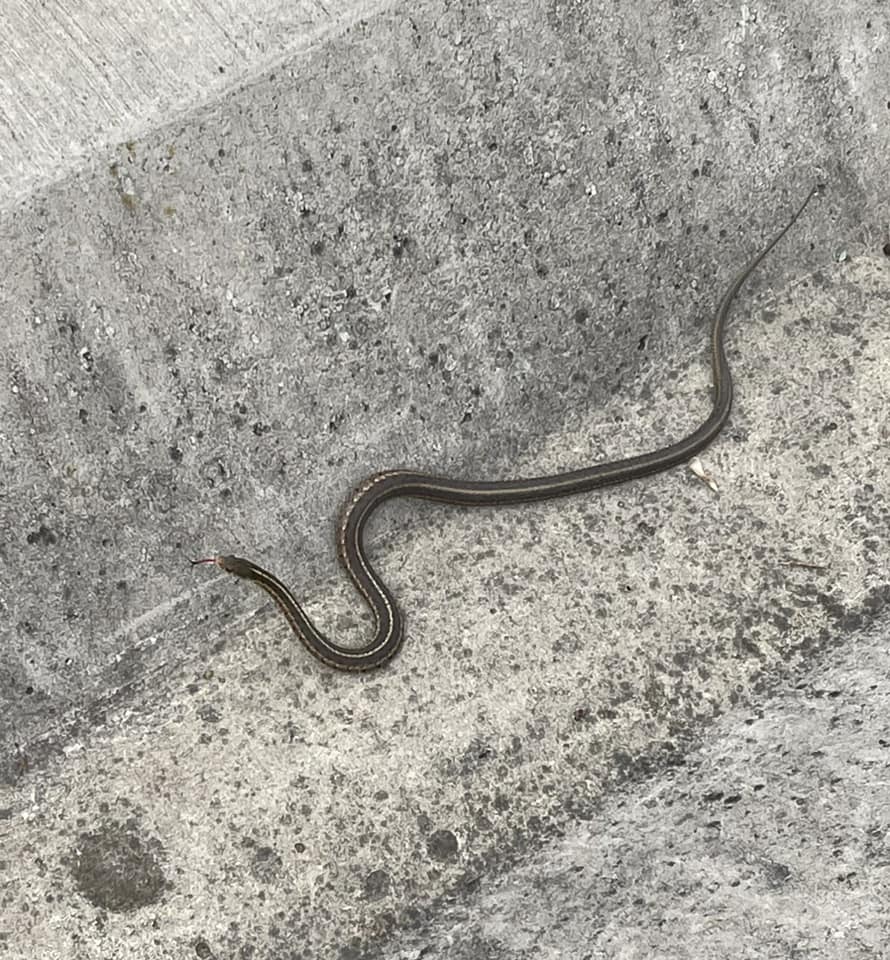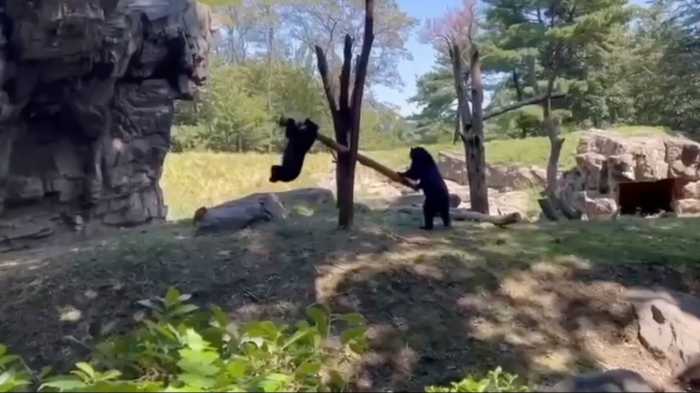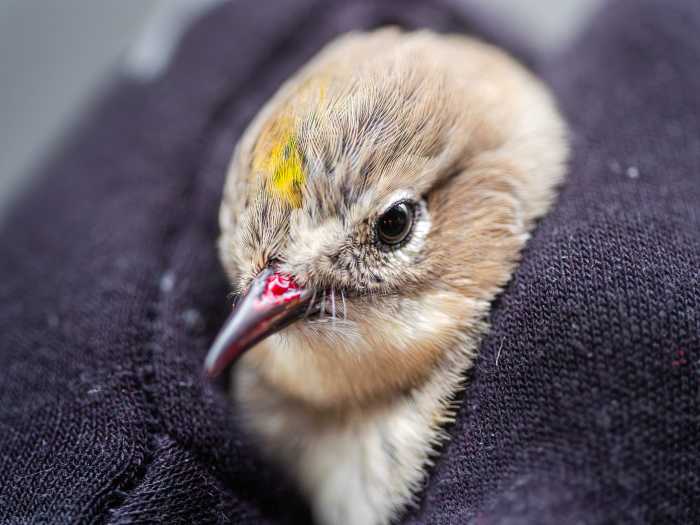A city park in Staten Island known for lush landscapes, sprawling fields and urban wildlife is now infamous for something else: being a snake graveyard.
Parkgoers allege that a particular design detail in the 202-acre Brookfield Park is killing brown and garter snakes, and nothing is being done to fix it.
Staten Islanders who frequent the beautiful, sprawling greenspace in the borough’s Mid-Island section report seeing snakes die an agonizing death inside a drainage ditch the city’s Parks Department built to prevent flooding, a much-needed feature since flooding is a common occurrence around the borough.
The ditch is a concrete culvert surrounding the park’s mounds. It is designed to keep runoff at bay and pathways clear when it rains. However, parkgoers say it has become a death machine for young snakes that become trapped inside and are unable to escape.
Local naturalist and photographer Lawrence Pugliares explained that the device’s smooth and angled side surfaces do not provide traction for the slithery creatures to move.
“Snakes have to grip the ground when they move,” he said. “They’ll grip the ground with their bellies and move along in various different motions. Their bodies are very strong, but they just can’t get leverage on those culverts.”
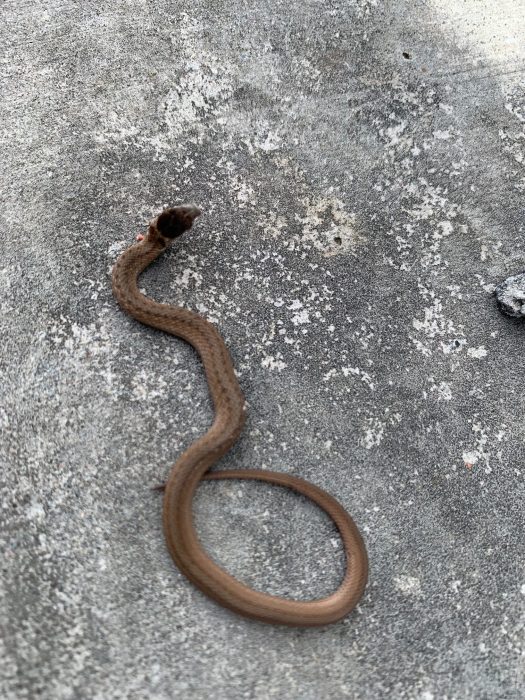
Avid Brookfield Park visitor John Malloy underscored Pugliares’ observations.
“When critters try to cross the gutter, they have trouble getting out, it’s a bit steep for smaller guys,” the nature lover said. “Plus the walls, while slightly angled, are a very smooth stone, which they can’t get good traction on. So they either exhaust themselves to death or get picked off by predators“
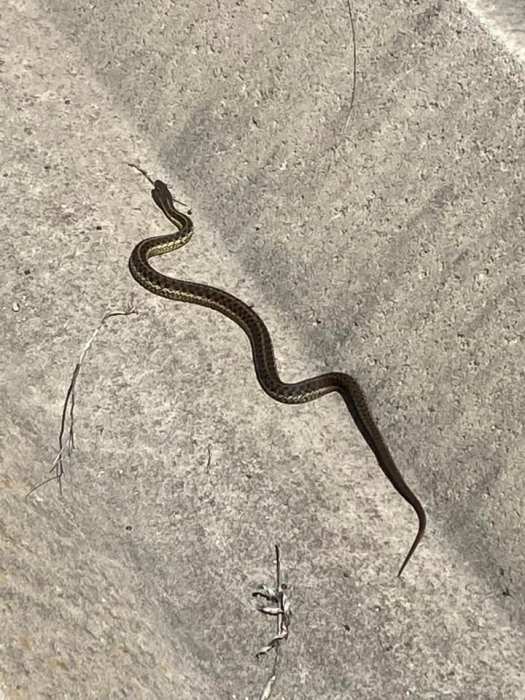
‘It’s not my problem’: A parks staff member
amNewYork Metro spoke to a former park ranger who alleged the NYC Parks Department has known about the issue since it started around 2020.
“We reported it to the head of maintenance and operations at the park, and suggested that the gutters be fixed to either prevent snakes from getting in or creating a way for them to climb out,” the ranger explained. “He said he didn’t care about the snakes and it’s not his problem.”
Heartbroken, the ranger and her dedicated colleagues made it a point to save the snakes whenever they could from then on.
“The park rangers used to drive around daily to pick up whatever snakes they could,” she said.
amNewYork Metro reached out to the Parks Department for comment and received a prompt reply. A spokesperson said the agency is aware and monitoring the issue.
“Parks’ previous monitoring of this issue suggests snakes found within the drainage area are most likely juveniles. We will continue to monitor the situation,” the spokesperson said.
The department also advises that people observe snakes in the gutter or elsewhere in the park and give the animals space so as not to stress them. If they suspect something is trapped, they should contact the Urban Park Rangers at 212-360-2774 or by calling 311.
When did the snakes start dying?
The scaly carnage became more apparent during and after the pandemic, when people started frequenting open spaces more to stay safe from the COVID-19 virus.
Staten Islanders quickly began to notice the snake deaths, and to date, even those who don’t like snakes make it a point to spring into action to rescue the local reptiles.
“I personally have saved mostly baby snakes and an occasional small turtle,” said Malloy, the avid parkgoer.
Kathleen Richards-Caputo and her young daughters also save the snakes when they see them trapped. Like Malloy, they saved a turtle who could not carry himself to safety.
“My daughters were picking them out of the gutters. They also pulled a big turtle out of there,” the Staten Island mom said.
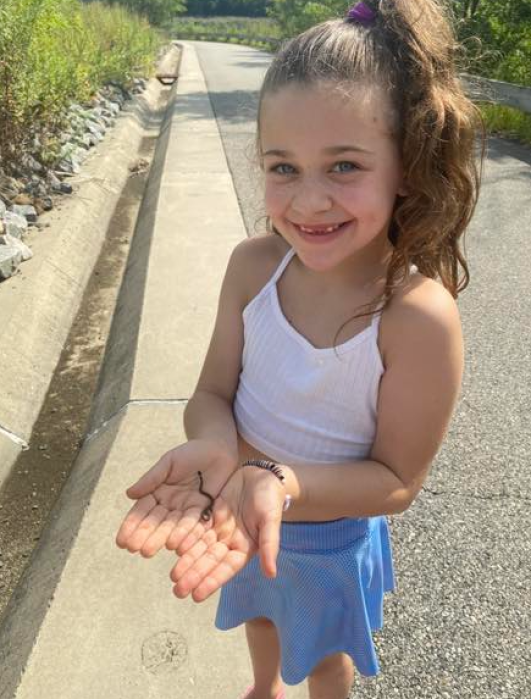
While brown and garter snakes are not endangered species, they play a pivotal role in ecology by eating invasive species, naturalists say. They are also a huge source of food for many birds of prey in the area that have bounced back from near-extinction in recent years, including American bald eagles.
But Pugliares said that Brookfield Park is, in fact, home to rare and protected species, including the diamondback terrapin, a medium-sized turtle listed as “vulnerable” by the International Union for Conservation of Nature and Natural Resources.
“If he gets stuck in the culverts, that becomes an issue,” Pugliares said.
In the meantime, rangers and members of the public who enjoy the winding paths and serene escape from city life are still continuing to reach in and bring the snakes to safety.
